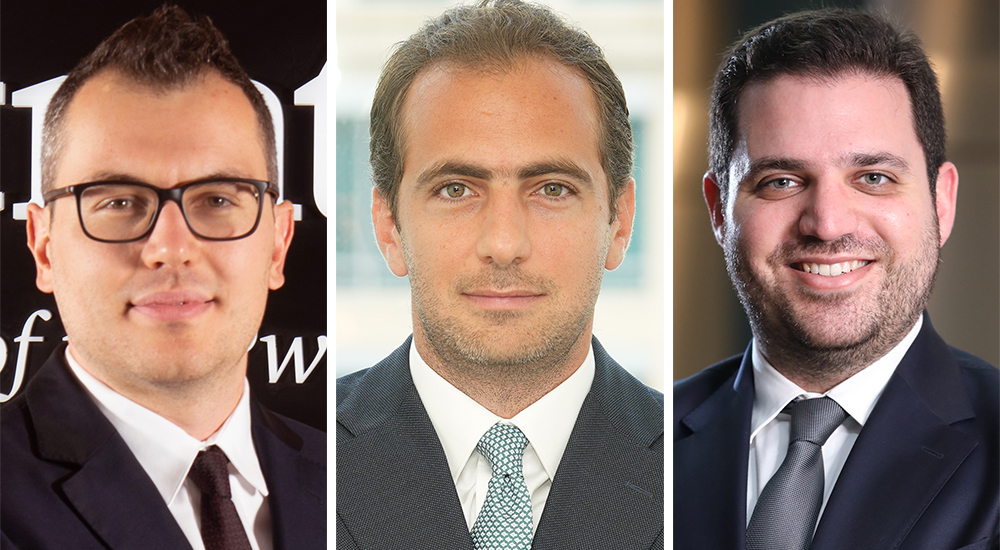Strategy& estimates regional cities require 1,100+ km of metro by 2030 compared to 400 km presently

Metro systems are central to urban public transport as they effectively and efficiently move large numbers of people. Significant metro system projects are underway in the region. According to the latest report by Strategy&, part of the PwC network, properly implemented and funded metro system expansion could realize direct and indirect socioeconomic benefits worth around $700 billion over 20 years.
Growing populations, ambitious economic growth goals, new expectations for commute times, and plans to improve quality of life are all compelling reasons to expand public transport in the Middle East, especially metro systems.
Strategy& estimates that based on current supply and expansion plans to meet population demand, cities in the region together require an additional 1,100 km of metro system by 2030, compared to 400 km at present. This means an additional investment of $220 billion by 2030. To date, within the GCC, Dubai, Doha, and Riyadh have begun implementing large-scale metro systems. As of 2022, Dubai and Doha have 90 km and 76 km of operational metro system track, respectively. Riyadh is planning to launch a 176 km metro system by 2024. Meanwhile, Abu Dhabi began electric bus trials in 2019, and it has outlined plans for a 131 km metro system by 2030.
“If cities were to build the additional roughly 1,100 km of metro rail required by 2030, they could realize direct and indirect socioeconomic benefits worth around $700 billion over a 20 year period,” said Mark Haddad, Partner with Strategy& Middle East.
Ensuring that current and future metro systems achieve such returns requires using an implementation framework based on four pillars, that in turn rest upon four foundational elements. These help cities realize the anticipated returns and implement a metro system in a cost-efficient and effective manner.
Clear objectives: Cities must define clear objectives to prevent conflicts among different goals during metro system implementation. Each metro system has numerous goals that vary widely and that can be potentially inconsistent; for example, maximizing ridership, meeting financial targets, and pursuing environmental sustainability.
Integrated Planning: “Integrated planning is vital if cities are to provide riders with a convenient and smooth experience,” said Elias Karam, Principal with Strategy& Middle East. For example, it is important to consider how riders get to the public transportation system, and how close that system puts them to their final destination. Cities can plan for their metro system to be flexible and provide maximum connectivity for riders by considering how transport modes work together, whether they are such existing modes as buses, taxis, and ride-hailing, or emerging modes such as micro-mobility, autonomous shuttles, and pods (fully autonomous, electric vehicles that seat up to four people).
High-Quality Service & Customer-Centric Experience:
A metro system should provide its users with a high-quality experience that is convenient, safe, and smooth. Mobility-as-a-service apps, for instance, can help riders plan their entire journey and offer electronic ticketing, fare payment, and service updates. Such apps can collect journey data and user feedback to inform service improvements. Doha, for example, increased the number of transit cars and how often they ran for the 2022 FIFA World Cup.
Commercial Mindset: City authorities can seize medium-term revenue generation opportunities such as advertising and renting retail spaces at metro stations. In the long term, there are possibilities for the metro system to work with developers to build new commercial and residential areas that connect to their metro system.
The four pillars of the implementation framework rest on a foundation of four elements. First, cities need an overarching governance structure that clearly defines roles and responsibilities. Such integrated control over all transport modes is vital for the success of a metro system. They can also provide policies and incentives to support transit adoption such as providing discounts to people who choose public transit over private cars. A third element is ensuring that funding is available throughout system development, launch, and early operations. A continuous flow of capital prevents projects from stalling, stopping, or cutting corners. Finally, cities need to develop local capabilities such as design, planning, and maintenance to ensure the metro system is managed well and operates effectively over the long term.
Cities in the Middle East have the opportunity to transform their public transport systems. Irrespective of where they are on that journey now, they require an implementation framework to ensure that their large-scale investment meets future demographic and economic demands. “Properly implemented and managed, metro systems can create long-term socioeconomic returns, promote sustainability, and improve the quality of life for residents,” concluded Ruggero Moretto, Principal with Strategy& Middle East.





